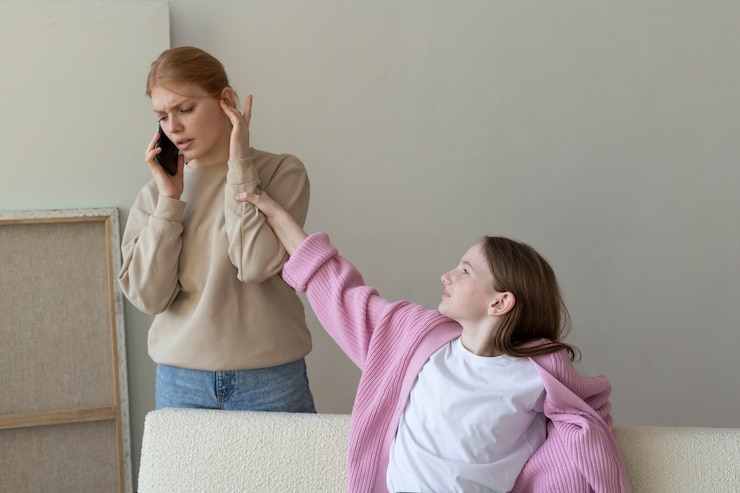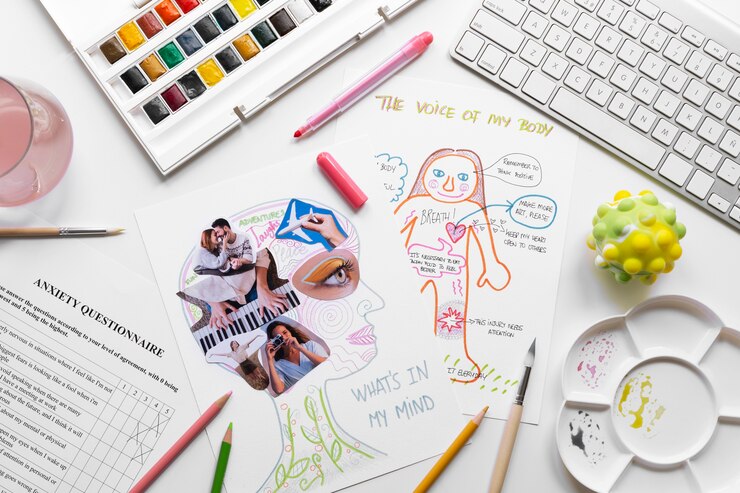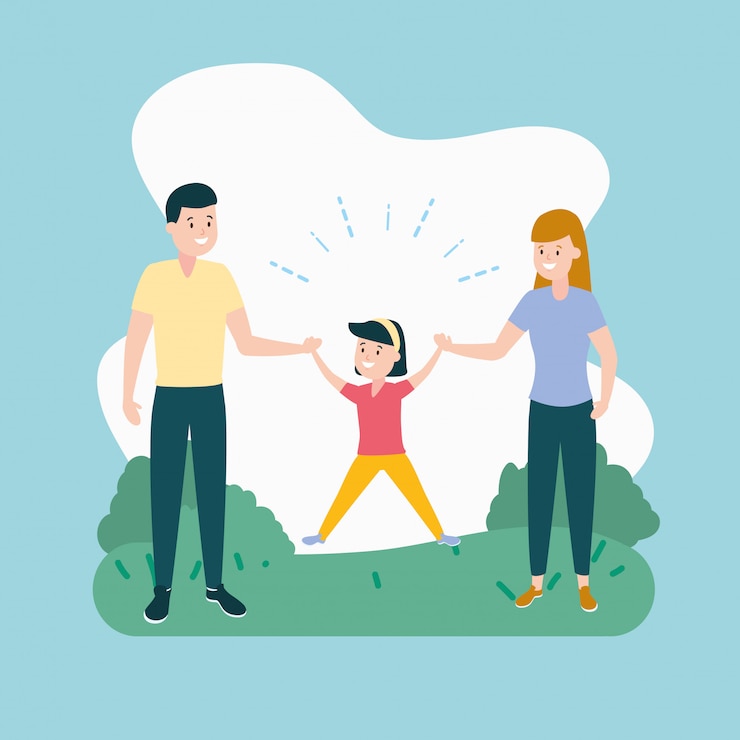
Inside: Discover how to handle situations when your upset child rejects coping strategies.
Table of Contents
“What should I do if my child won’t use the coping strategies I suggest?” This is a common question I hear from parents during our therapy sessions focused on anger management for kids and finding the best ways to support them through emotional challenges.
Having faced similar struggles with my own child, I understand how truly frustrating it can be. You want the best for your child and are actively trying to help. You’ve got calming tools ready amid the tears, shouting, or even aggressive behavior. And how do they respond? By essentially telling you to take a hike. “No way! I’m not doing any of that stuff!”
Although it’s tough, it’s actually quite logical for an angry child to reject coping strategies. Why? Because when children are upset, their brains are wired to fight and resist. During a meltdown, they’re operating from their brain’s limbic system, stuck in the fight, flight, or freeze mode that takes over during stress.
Often, anything you say to an emotionally overwhelmed child will be met with resistance. But don’t worry, there are several things you can do when your child refuses to calm down or accept your help.
1 | Be proactive with calming techniques.
We all know it’s better to solve problems proactively rather than reactively. Yet, talking about anger management with your child can feel daunting, prompting many to avoid it. It’s common to think, “I’ve finally calmed them down, why stir it up again?” As a result, discussions about coping strategies often only happen during another meltdown, which isn’t ideal.
This approach rarely works because learning doesn’t occur well when the brain is stressed. The brain’s frontal lobes, crucial for processing and retaining information, are essentially offline when emotions are in the driver’s seat.
For better acceptance, talk with your child when they’re calm and emotionally balanced. This is the perfect time to explore and practice different calming techniques together. While parents often fall into the “parent knows best” trap, your child will know best what suits their needs and preferences.
It’s wonderful that you’re committed to helping your child develop self-regulation skills. But have you included them in the process? Have you asked them to pick some fun anger management activities or coping strategies? People are usually more engaged if they have some control over their choices. Work with your child to find resources and calming methods they’re willing to try. Ask them about their motivations and how they’d feel controlling their emotions better.
Check out my “Calm Kids Guide To Emotional Regulation”
Before your child reaches an explosive state, there are often physical signs, like tensing muscles or a change in facial expression. Observing these early signs allows you to intervene before your child’s emotions escalate, when they’re still open to help and redirection.
This approach works better than waiting for their emotions to completely take over before introducing anger management tools. When your child refuses coping techniques, the best approach is to respect their feelings and allow them time. You can’t force them to calm down. The more pressure you apply, the deeper they dive into their emotional responses.
Instead, patiently create a calm invitation and wait. Returning them to a balanced state is the priority, as no learning or listening happens when emotions are high.
Your presence and energy are important. If your anxious or controlling demeanor is apparent, it may worsen their stress. Be there for them calmly and subtly, as looming over them with a loud voice won’t create the needed calming space.
Acknowledging your child’s emotional needs is a major step forward. Developing self-regulation skills is a journey, not a destination. Practicing co-regulation strategies can greatly contribute to raising an emotionally aware child.
If your child rejects the coping strategies or your help, don’t take it personally. Consider watching for early signs of anger, and approach things more collaboratively and proactively.
While the road to co-regulation can be challenging, its benefits for your child last a lifetime.
This post includes a free printable list of calming strategies that you and your child can explore together!
Related articles you’d enjoy:



